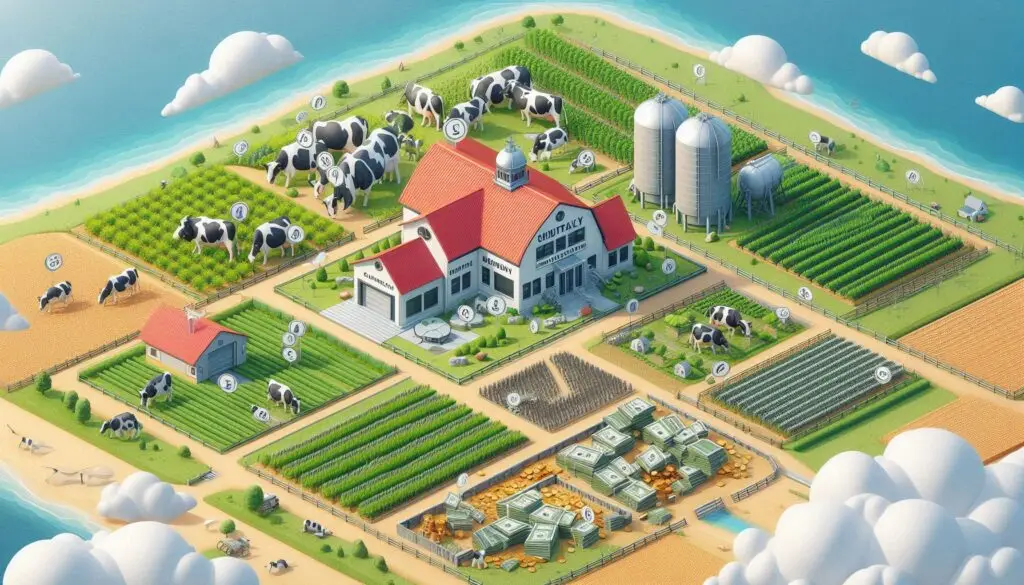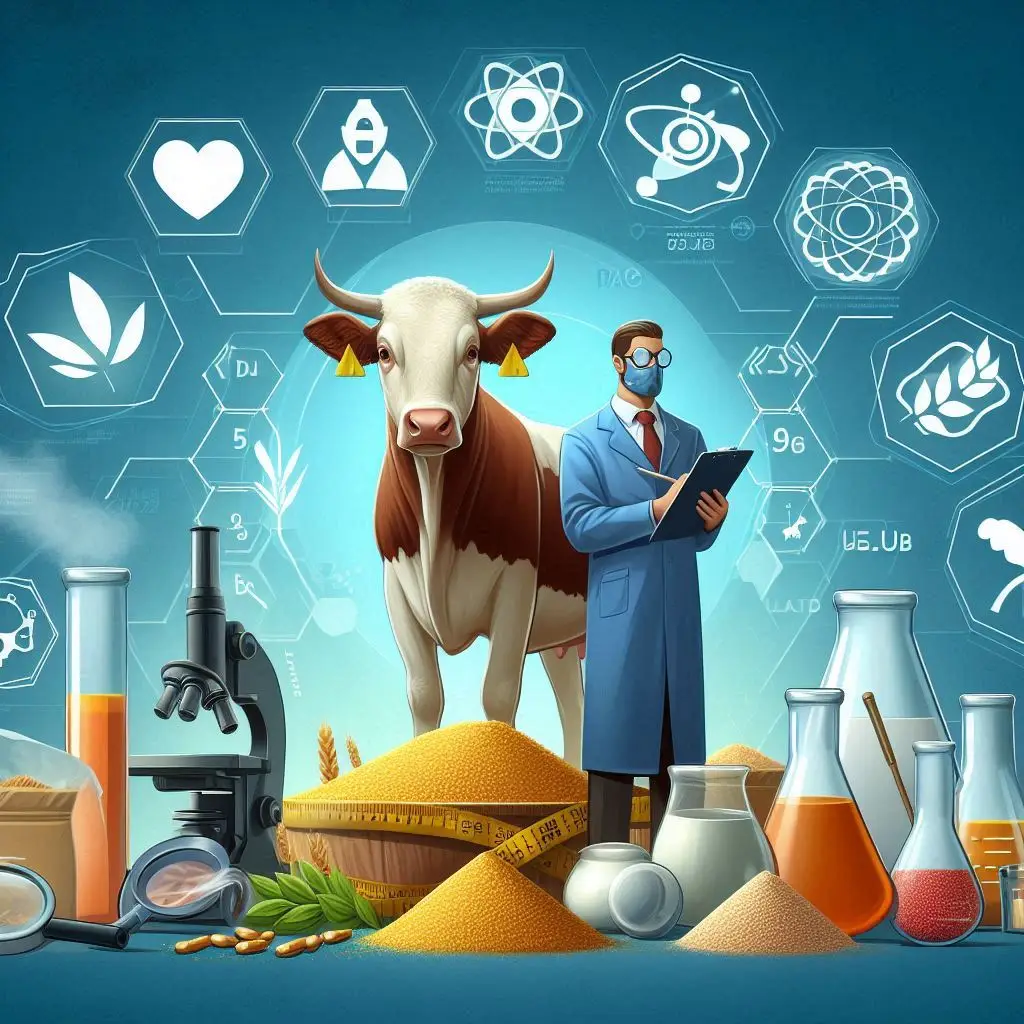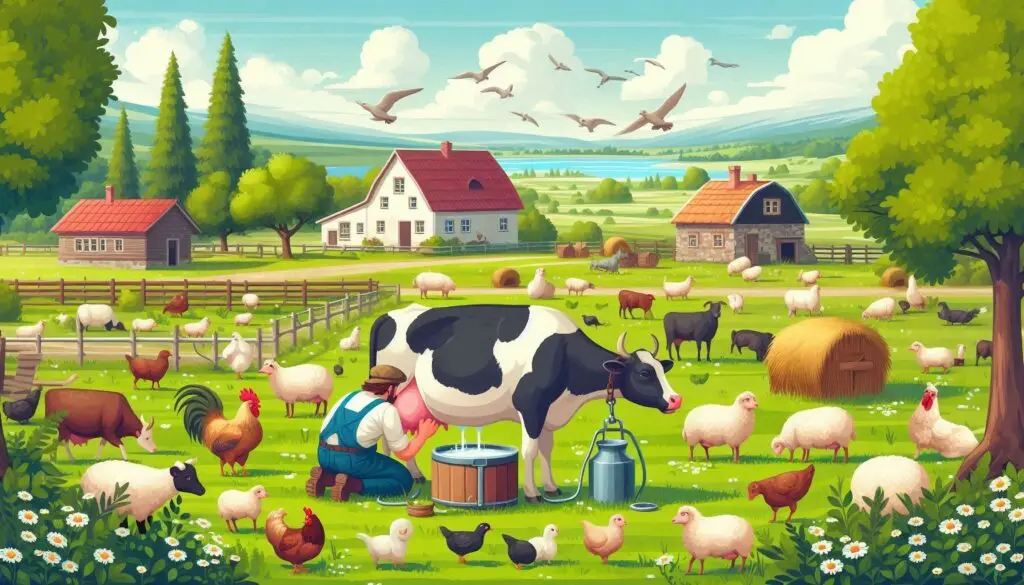Postnatal Growth in Animals

Introduction to Postnatal Growth in Farm Animals
Postnatal growth is crucial for the health and productivity of farm animals. This phase involves significant physiological changes that affect their development. Understanding these processes helps farmers optimize animal husbandry practices.
The Importance of Postnatal Growth
Postnatal growth influences various aspects of livestock production. It affects:
- Health and Immunity: Strong growth ensures better resistance to diseases.
- Productivity: Well-developed animals yield more milk or meat.
- Economic Viability: Healthy livestock reduces costs associated with veterinary care.
Phases of Postnatal Growth
Key Phases of Development
Postnatal growth can be divided into several key phases:
Rumen Development in Ruminants
The rumen is essential for digestion in ruminants like cattle. It undergoes remarkable changes after birth. Initially, calves are born with an underdeveloped rumen. This organ grows significantly during three main phases:
- Pre-ruminant Phase: Lasts about two to three weeks when calves rely solely on milk.
- Transitional Phase: Begins when solid feed is introduced, leading to further rumen development until weaning.
- Ruminant Phase: Occurs post-weaning when the rumen matures fully. At this stage, calves utilize volatile fatty acids (VFAs) as their primary energy source.
The introduction of solid feed stimulates rumen growth through microbial fermentation. This process produces VFAs that promote development via hormones such as insulin and IGF-I (Postnatal Growth and Development of the Rumen).
Adipose Tissue Development
Adipose tissue plays a crucial role in energy metabolism. Both white and brown adipose tissues develop differently across species. Brown adipose tissue is predominant at birth but decreases as the animal matures. White adipose tissue expands significantly postnatally.
- White Adipose Tissue: Involved in energy storage; it has a large capacity to expand.
- Brown Adipose Tissue: More involved in thermogenesis; its role diminishes after birth.
Nutrition during fetal and perinatal periods significantly influences adipose tissue development (Pre- and Postnatal Adipose Tissue Development).
Muscle Growth and Maturation
Muscle development is vital for overall growth. After birth, muscle mass increases rapidly due to both hypertrophy (increase in cell size) and hyperplasia (increase in cell number). Factors influencing muscle growth include:
- Genetic Potential: Different breeds exhibit varying growth rates.
- Nutritional Status: Adequate protein intake is essential for muscle development.
- Hormonal Influences: Hormones like growth hormone play significant roles.
Immune System Development
The early postnatal period is crucial for establishing immunity. Calves receive maternal antibodies through colostrum shortly after birth. This transfer is vital for protecting against diseases during the initial weeks of life (Ante-Natal and Post-Natal Influences on Neonatal Immunity).
Environmental Influences on Growth
Environmental conditions significantly affect postnatal growth rates. Factors such as housing, climate, and stress levels can impact overall health:
- Stress Management: High-stress environments can lead to reduced feed intake.
- Housing Conditions: Proper housing ensures comfort and minimizes stress.
Conclusion
Understanding postnatal growth in farm animals is essential for improving agricultural productivity. By focusing on nutritional strategies, environmental management, and genetic selection, farmers can enhance livestock health and productivity.
More from Veterinary Physiology:
https://wiseias.com/abo-blood-group-system-animals/
https://wiseias.com/anticoagulation-in-animals/
https://wiseias.com/hemorrhagic-disorders-in-animals/






Responses